The ceremony to welcome the statue of the Three Patriarchs of Truc Lam from the ancestral place of Vinh Nghiem Pagoda to Thuong Tay Yen Tu Pagoda, part of the Tay Yen Tu scenic relic site ( Bac Ninh province). Tay Yen Tu is home to a system of pagodas, towers, relics and the majesty of forests and mountains related to the formation of the Truc Lam Yen Tu Zen sect during the Tran Dynasty. Photo: Thanh Dat/VNA
Of these, 5 relic sites belong to Hai Phong city. This is the sweet fruit of efforts to preserve and promote the values of relics throughout the development. With this milestone, Hai Phong city now has two world heritages.
Outstanding value
The Yen Tu - Vinh Nghiem - Con Son, Kiep Bac relic and scenic complex is located in 3 provinces and cities: Quang Ninh, Hai Phong , Bac Ninh, including 12 relic sites. Of which, Quang Ninh province has 5 sites: Thai Mieu, Lan pagoda, Hoa Yen pagoda, Ngoa Van pagoda, Yen Giang stake field; Hai Phong city has 5 sites: Con Son pagoda, Kiep Bac temple, Thanh Mai pagoda, Kinh Chu cave and Nham Duong pagoda; Bac Ninh province has 2 sites: Vinh Nghiem pagoda and Bo Da pagoda.
According to the Department of Culture, Sports and Tourism of Hai Phong, the five heritage sites in the city are historical relics and typical scenic spots, preserving unique historical, cultural and scientific values not only of Vietnam but also of outstanding global value.
The Nine-Piece Lotus Pavilion of Con Son Pagoda is one of the quintessence of Buddhist architecture and art, established by the Third Holy Patriarch Huyen Quang in the 13th century (2017). Photo: Manh Minh/ VNA
Con Son Pagoda is located in Tran Hung Dao ward, built in the 10th-11th century. During the Tran Dynasty, this was one of the three most famous centers of Truc Lam Buddhism. All three Truc Lam ancestors practiced and preached here. This place still preserves many architectural marks of the 14th, 17th-19th centuries along with many antiques recording the full history of the formation and development of the pagoda.
Kiep Bac Temple is located in Tran Hung Dao Ward, worshiping Hung Dao Dai Vuong Tran Quoc Tuan (1228-1300) - a national hero, military genius, revered by the Vietnamese as a Saint. The temple is a typical representative of Dai Viet Taoism, showing the companionship with Buddhism, Confucianism and indigenous beliefs at that time. Today, the relic has become the most sacred religious center of the country.
Thanh Mai Pagoda is located in Tran Nhan Tong ward, built during the Tran Dynasty. In 1329, the pagoda was expanded by Zen Master Phap Loa, since then it has become a famous place associated with his life and career as well as the next Third Patriarch, Zen Master Huyen Quang. The pagoda still retains many original artifacts. Notably, the archaeological excavation in 2021 discovered 3 layers of architecture from 3 overlapping periods, showing that Thanh Mai Pagoda developed continuously during all 3 periods of Tran, Le Trung Hung and Nguyen.
The ancient beauty of Thau Ngoc bridge in Con Son pagoda, part of Con Son - Kiep Bac relic site (Hai Duong). Photo: Tuan Anh/VNA
Nham Duong Pagoda is located in Nhi Chieu Ward, built during the Tran Dynasty, and is considered the birthplace of the Cao Dong sect in Vietnam. The collection of archaeological relics in the pagoda contributes to affirming the tradition of settlement, living, and trading... of prehistoric people and Vietnamese people in history in the Nham Duong Pagoda area in particular, the Bach Dang estuary area, and more broadly, the Yen Tu mountain range and its vicinity.
Kinh Chu Cave is located on Duong Nham Mountain, Pham Su Manh Ward, considered as “Nam Thien De Luc Dong”. In the cave, there is the ancient Duong Nham Pagoda, altars of King Ly Than Tong, Huyen Quang Ton Gia and indigenous beliefs. In particular, on the cliffs and ceiling of the cave, there is a system of over 50 stele inscriptions praising the natural scenery of Duong Nham Mountain and Kinh Chu Cave.
The five relic sites of Hai Phong city have contributed to the overall outstanding global value of the heritage. That is the story of the birth, spread and development of Truc Lam Buddhism, a unique Zen sect of Vietnam initiated by King Tran and many other great royal family members, Zen masters and laymen, from Yen Tu mountain, in the context of the Mongol empire conquering the world in the 13th-14th century. The way the kings, royal family, Zen masters and laymen of the early Tran dynasty created and developed Truc Lam Buddhism on the basis of distilling the quintessence of many Buddhist sects and contemporary religions, combining with indigenous beliefs, allying with it to mobilize the strength of national unity to protect the Fatherland, prevent war, maintain peace as well as the religious, social and military influence of Truc Lam Buddhism has great significance not only in Vietnam but also in the wider Asian region.
Journey of efforts to preserve and promote the value of the relic complex
In recent years, the former Hai Duong province (now Hai Phong city) has paid regular attention to preserving the values of historical sites. The Con Son - Kiep Bac historical site was ranked as a special national monument in 2012 and has been strictly protected under the Law on Cultural Heritage. Kinh Chu Cave and Nham Duong Pagoda were ranked as special national monuments in 2016. Thanh Mai Pagoda was recognized as a national historical and cultural relic in 1992.
Throughout history, the Con Son - Kiep Bac cultural heritage system has been refined, supplemented, and promoted to become increasingly rich and complete. Many traditional rituals at the two festivals of the year have been successfully restored and the Con Son Pagoda Festival and the Kiep Bac Temple Festival were included in the list of National Intangible Cultural Heritage in 2013.
The Con Son scenic relic site in the Con Son - Kiep Bac relic site (Hai Phong) is associated with the lives of many famous people in history, of which the most typical is the temple of National Hero, World Cultural Celebrity Nguyen Trai. The temple is located at the foot of Ngu Nhac and Ky Lan mountains, leaning against To Son, creating the position of "left blue dragon, right white tiger". Photo: Thanh Dat/ VNA
From 2010 to now, implementing the Prime Minister's master plan for the relic site, the relic site has been invested in and built to become more and more spacious and beautiful. According to Dr. Le Duy Manh, Deputy Head of the Con Son - Kiep Bac Relic Management Board, along with efforts to protect existing relics, Hai Phong has restored the architectural works of the relic site that existed in history, based on documents (steles, legends) and archaeological results such as the Nine-Piece Lotus Palace, the Avalokitesvara Bodhisattva Temple, the left and right corridors of Con Son Pagoda... The promotion of the value of the relics has been strengthened, innovated, and increasingly enriched.
Along with that, Thanh Mai Pagoda, Nham Duong Pagoda and Kinh Chu Cave are all unique cultural tourist attractions. Traditional festivals at these relics are held annually by the locality, attracting a large number of people and tourists.
In particular, this relic complex possesses a valuable documentary heritage system, including national treasures such as: The Three Worlds Buddha statues of Con Son pagoda, the Kinh Chu cave stele system, Thanh Mai Vien Thong tower stele (Thanh Mai pagoda), Thanh Hu Dong stele and Con Son Tu Phuc Tu Bi stele (Con Son pagoda) have been preserved and conserved.
Having 5 relic sites in the relic complex listed as World Heritage is a source of pride for Hai Phong city. Previously, in September 2023, Cat Ba archipelago was listed as a World Natural Heritage. The port city is facing many opportunities to affirm its position on the world cultural map, requiring the development of a plan to manage, protect, exploit and promote heritage values in accordance with international regulations, Vietnamese law and UNESCO's sustainable development orientation.
According to VNA
Source: https://baoangiang.com.vn/gia-tri-noi-bat-toan-cau-cua-cac-di-tich-tai-hai-phong-vua-duoc-ghi-danh-la-di-san-the-gioi-a424242.html


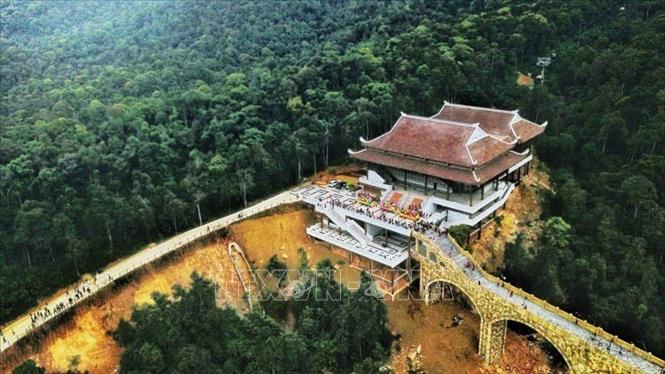
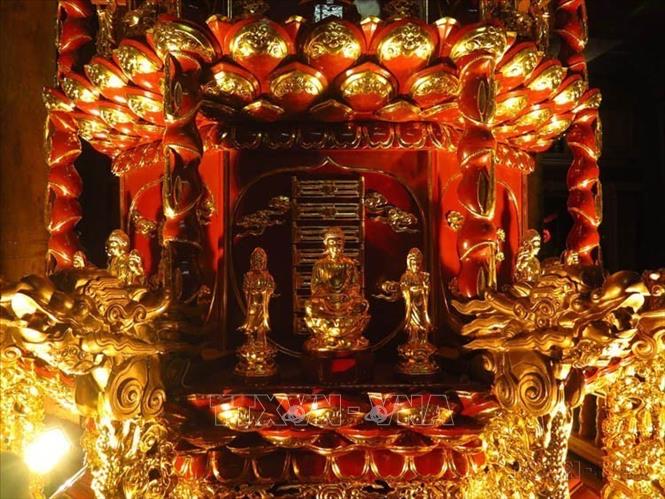
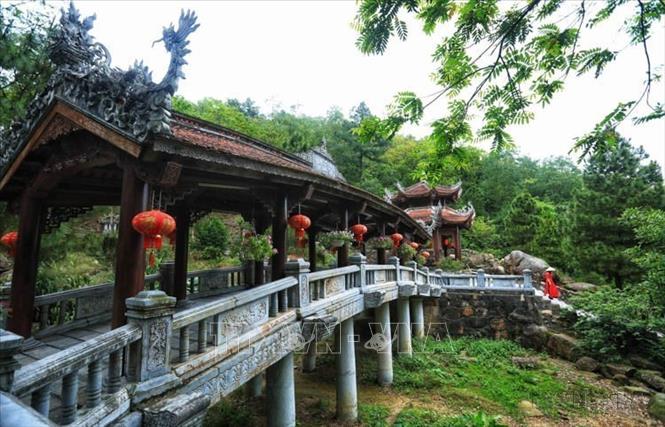
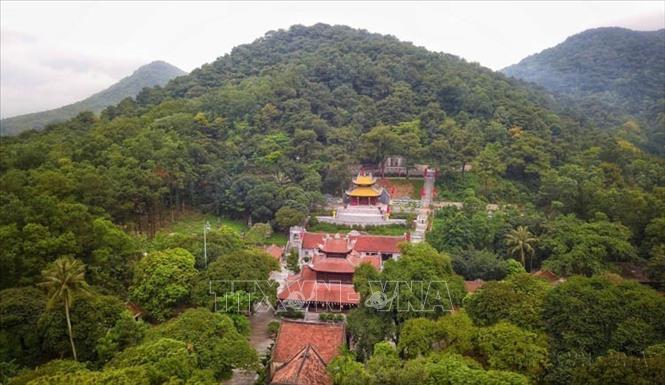

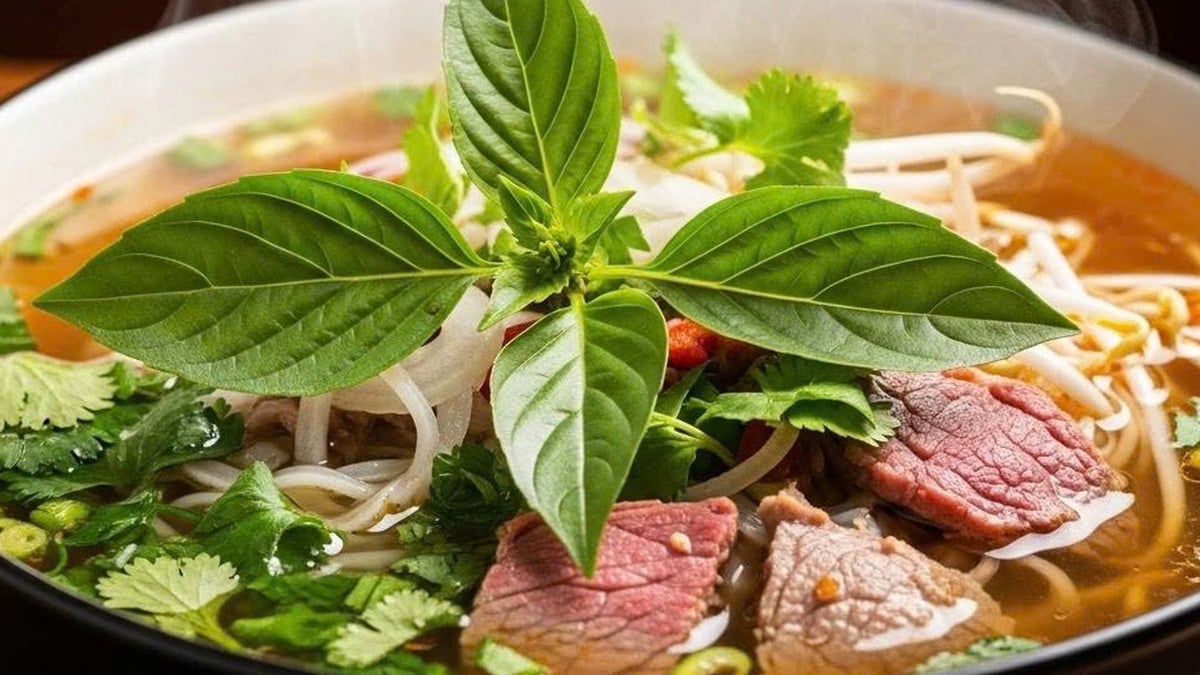


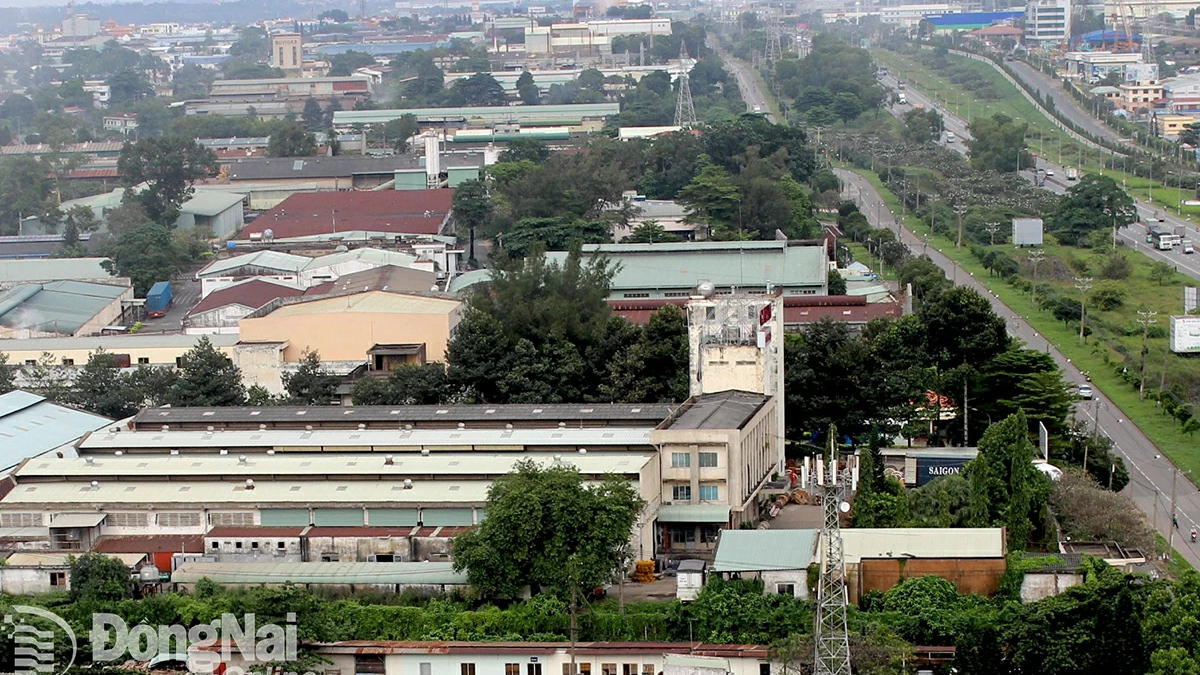


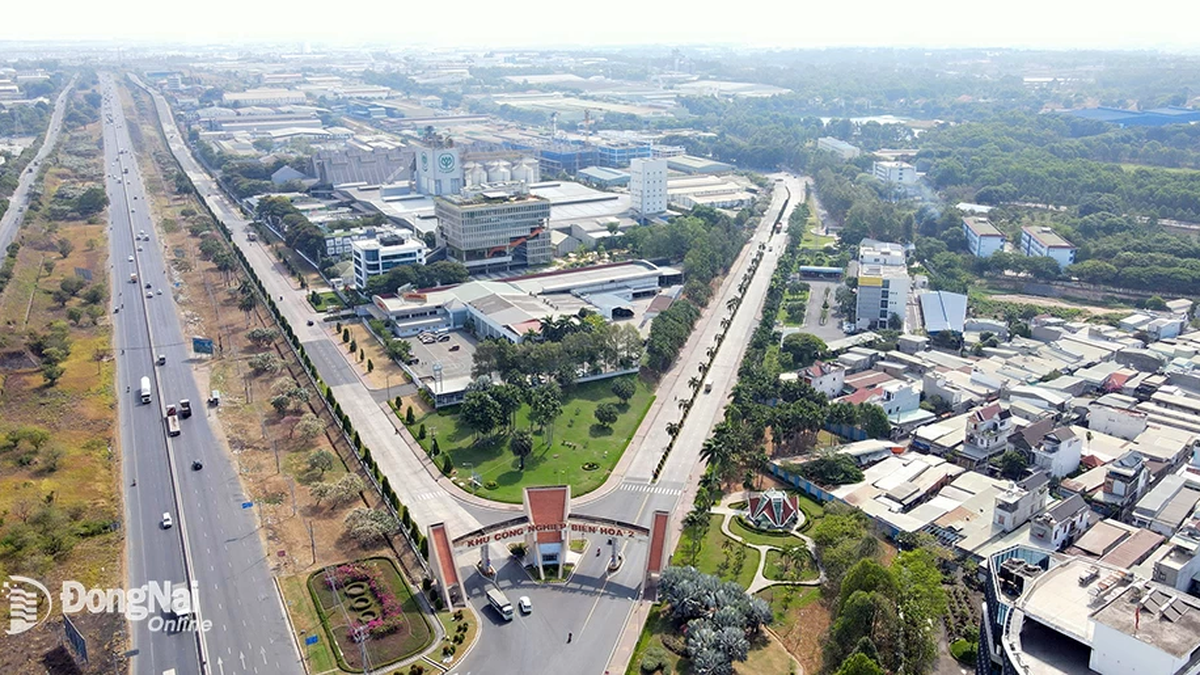



























































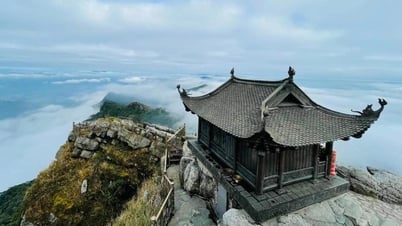


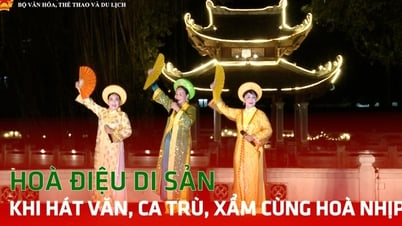




























Comment (0)